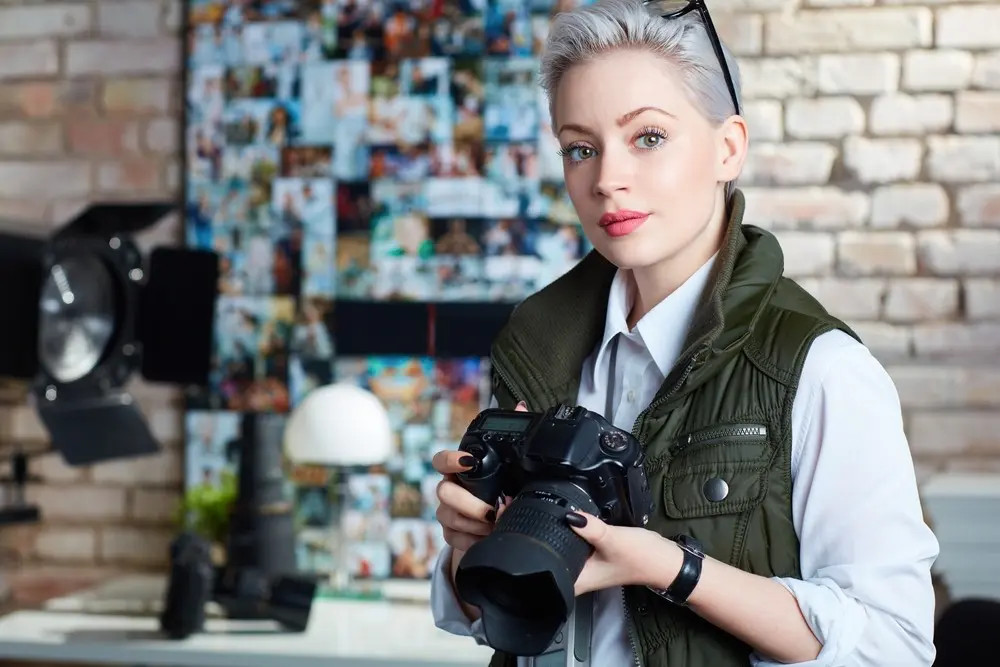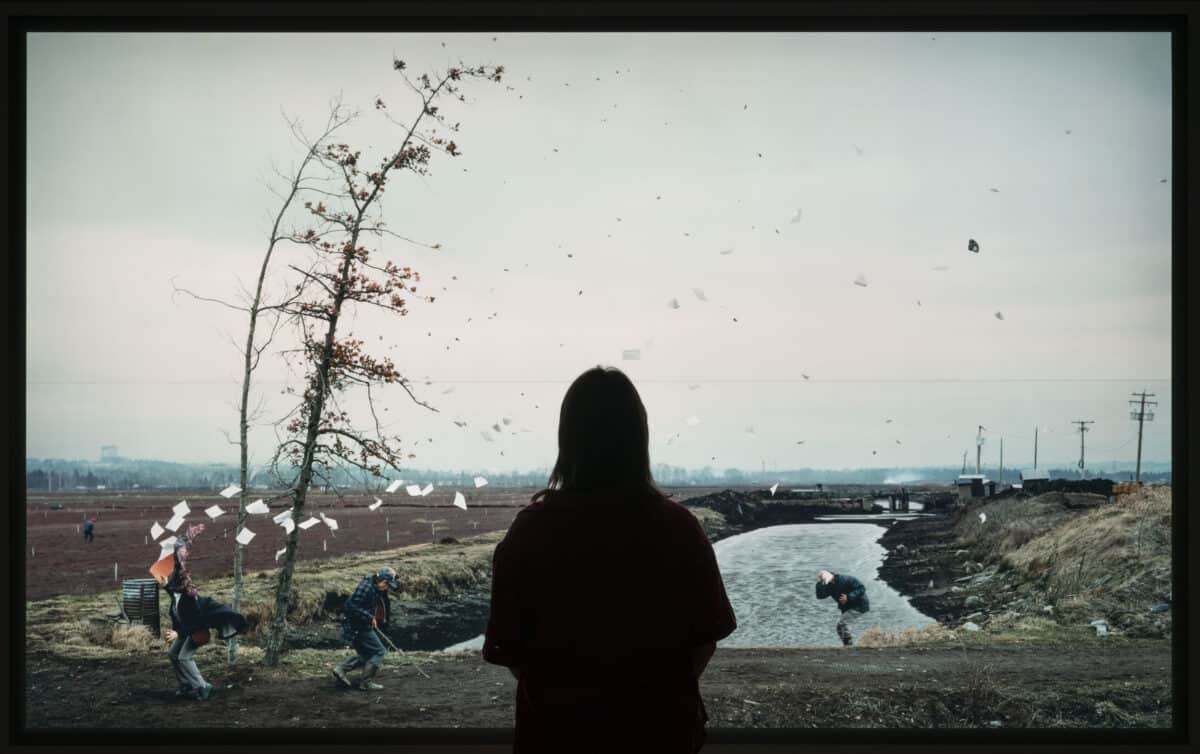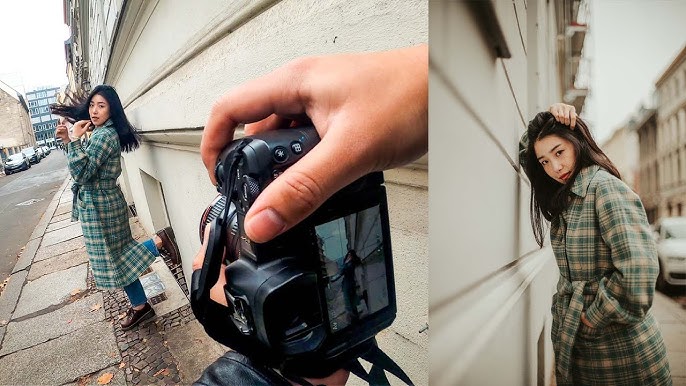Mastering the Lens: Unveiling Photography Techniques, Trends and Guidelines

22-12-2024, 13:09 Admin 3 917 0
Photography has been an integral part of our lives since its introduction in the early 19th century. It's a magnificent invention that allows us to literally freeze time, capturing a single moment that can be revisited and savored for generations. In the 21st century, amidst the high-speed internet and quantum computers, photography too has undergone significant advancements. This article is an attempt to unveil the contemporary photography techniques, trends, and guidelines aimed to help the modern shooter master their lens.
The first thing to grasp on this journey is that photography is no longer limited to professionals with high-end camera gear. The advent of smartphone technology has democratized photography. Mobile photography, thus, has become a trend in itself. As the lenses and sensors in smartphones become more sophisticated, they provide potential photographers with a tool that is always at their disposal. Techniques like 'Phone-ography' challenge traditional norms and engage users to experiment with angles, perspectives, and contexts that otherwise seem mundane. Mastering this skill can maximize your efficiency, turning mere amateurs into photography enthusiasts.
Another progressive trend is the utilization of drone technology in photography. Drone Photography has made it possible to capture breath-taking bird-eye view images and cinematography, which were once only possible with a helicopter. This provides photographers with a completely new vantage point, adding diversity to their portfolio. It also optimizes the process of capturing wide landscape shots, cityscapes, wedding shots, or even action sports photography.
Moving further from the classical approach, the introduction of Artificial Intelligence (AI) in the realm of photography is a massive breakthrough. AI can automatically adjust the camera settings based on the lighting conditions and the object in focus, thereby making photography more efficient and easy for beginners. One such instance is Google's Night Sight feature; it uses AI to capture phenomenal low-light images without the need for a flash.
Techniques like long exposure photography have become easier with the use of modern tools. This technique involves keeping the camera's shutter open for an extended period, which allows more light to hit the sensor and creates a motion blur effect for moving objects. Bridges, waterfalls, and stars are some popular subjects for long exposure shots.
On the editing side, many photographers have started embracing the trend of natural, less processed-looking images. This trend favours authenticity, providing images with a raw, personal, and emotional touch that many highly-manipulated photos lack. Modern editing software like Lightroom and Photoshop, with their vast array of tools, provide ample room for creativity in post-processing.
Some golden guidelines always remain timeless in any era of photography. Irrespective of the technique or tool used, the basic rule of thirds, understanding of lighting, and perspective adjustment continue to play a crucial role in the final outcome.
To conclude, photography is a dynamic field that is constantly evolving. With advancements in technology, new tools, techniques, and styles are always on the horizon. Yet, mastering the lens will always boil down to practicing creativity, understanding the basics, and harnessing the technology available to you. As photographers, our quest is to harness these improvements in technology and couple them with our unique perspective to create a real visual delight.
The first thing to grasp on this journey is that photography is no longer limited to professionals with high-end camera gear. The advent of smartphone technology has democratized photography. Mobile photography, thus, has become a trend in itself. As the lenses and sensors in smartphones become more sophisticated, they provide potential photographers with a tool that is always at their disposal. Techniques like 'Phone-ography' challenge traditional norms and engage users to experiment with angles, perspectives, and contexts that otherwise seem mundane. Mastering this skill can maximize your efficiency, turning mere amateurs into photography enthusiasts.
Another progressive trend is the utilization of drone technology in photography. Drone Photography has made it possible to capture breath-taking bird-eye view images and cinematography, which were once only possible with a helicopter. This provides photographers with a completely new vantage point, adding diversity to their portfolio. It also optimizes the process of capturing wide landscape shots, cityscapes, wedding shots, or even action sports photography.
Moving further from the classical approach, the introduction of Artificial Intelligence (AI) in the realm of photography is a massive breakthrough. AI can automatically adjust the camera settings based on the lighting conditions and the object in focus, thereby making photography more efficient and easy for beginners. One such instance is Google's Night Sight feature; it uses AI to capture phenomenal low-light images without the need for a flash.
Techniques like long exposure photography have become easier with the use of modern tools. This technique involves keeping the camera's shutter open for an extended period, which allows more light to hit the sensor and creates a motion blur effect for moving objects. Bridges, waterfalls, and stars are some popular subjects for long exposure shots.
On the editing side, many photographers have started embracing the trend of natural, less processed-looking images. This trend favours authenticity, providing images with a raw, personal, and emotional touch that many highly-manipulated photos lack. Modern editing software like Lightroom and Photoshop, with their vast array of tools, provide ample room for creativity in post-processing.
Some golden guidelines always remain timeless in any era of photography. Irrespective of the technique or tool used, the basic rule of thirds, understanding of lighting, and perspective adjustment continue to play a crucial role in the final outcome.
To conclude, photography is a dynamic field that is constantly evolving. With advancements in technology, new tools, techniques, and styles are always on the horizon. Yet, mastering the lens will always boil down to practicing creativity, understanding the basics, and harnessing the technology available to you. As photographers, our quest is to harness these improvements in technology and couple them with our unique perspective to create a real visual delight.
Related News
Leave a Comment


